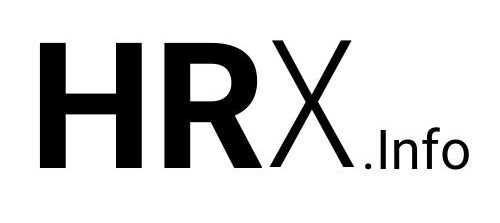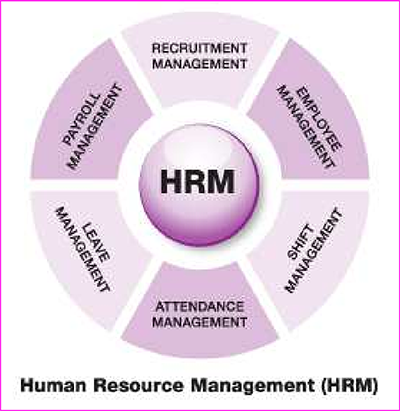The organization of human resources refers to the formal and structural framework that governs how HR tasks are distributed across units and individual roles within a company. These organizational arrangements define how personnel-related responsibilities are structured and how collaboration within the HR function is managed.
Like any other business unit, the HR department requires a systematic analysis and synthesis of its core tasks. This ensures that the department is both efficiently structured and aligned with corporate goals.
Purpose and Structure of HR Organization
The core objective of organizing the HR function is to establish the structural foundations for achieving a wide range of HR goals efficiently. This includes creating an optimal mix of:
-
Organizational structure: Defines the static distribution of tasks, responsibilities, and authority within the HR department.
-
Procedural structure: Outlines the workflows and coordination mechanisms used to execute HR tasks.
Key Requirements for Effective HR Organization
According to Bühner (2005), a high-functioning HR organization must meet several essential criteria:
1. Process Optimization
HR processes must follow the principles of organizational efficiency. This means structuring workflows to minimize resource use while maximizing output quality and speed.
2. Flexibility
The HR organization must be highly adaptable to shifting internal and external conditions, including changing employee motives, legal requirements, and technological developments.
3. Customer Orientation
Internal stakeholders—employees and managers—are viewed as customers of the HR function. HR must provide services tailored to their needs, requiring proactive engagement and structural responsiveness.
4. Integration and Networking
Collaboration within the HR department and with other business units is vital. Organizational structures must enable knowledge sharing, encourage cross-functional learning, and support interdepartmental alignment.
5. Conflict Resolution and Mediation
As a central coordinating entity, HR plays a key role in resolving both vertical (hierarchical) and horizontal (cross-functional) conflicts. The HR structure should support effective mediation and conflict management strategies, fostering a harmonious organizational climate.
By focusing on these design principles, HR departments can transition from administrative support units to strategic partners that actively contribute to organizational success.
« Back to Glossary Index





